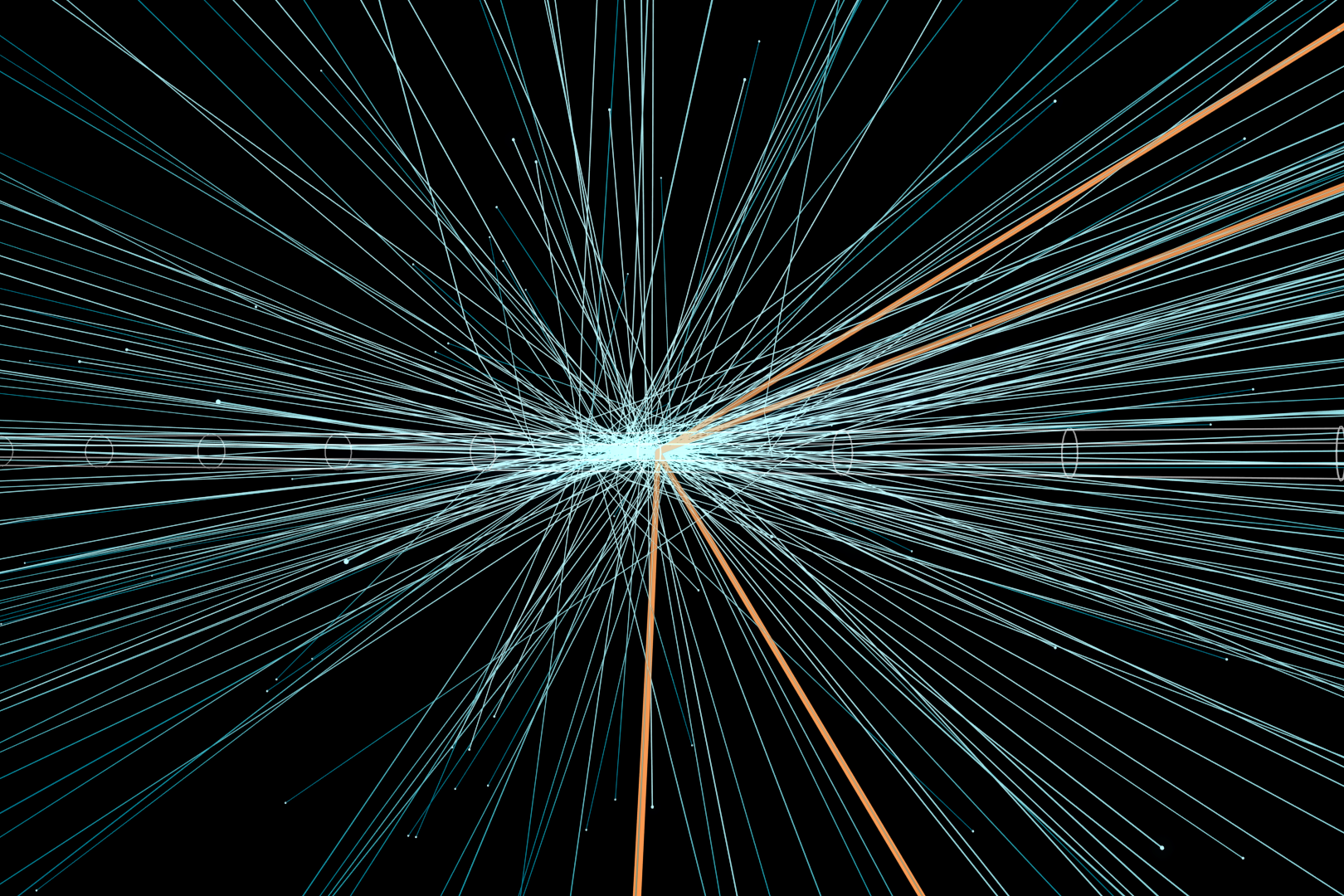Time, an ethereal construct that defines our existence, has perplexed philosophers and scientists alike for centuries. The advent of modern physics has ushered in a new understanding of time, particularly through the lens of relativistic frameworks and quantum mechanics. One of the catalysts of this paradigm shift is the European Organization for Nuclear Research, commonly known as CERN. As a bastion of scientific inquiry, CERN has not only illuminated the enigmatic aspects of matter and energy but has also reignited explorations into the nature of time itself. This article delves into the intricate ways in which CERN has influenced our understanding of time, weaving a rich tapestry of discovery and insight.
At the heart of CERN’s pioneering research is the Large Hadron Collider (LHC), the world’s largest and most powerful particle accelerator. This colossal machine is a veritable time machine of sorts, as it enables scientists to probe the fundamental constituents of the universe by recreating conditions reminiscent of the primordial moments following the Big Bang. As particles collide at near-light speeds, they generate fleeting temporal snapshots that reverberate across the annals of physics, challenging our traditional notions of past, present, and future.
The implications of these high-energy collisions extend far beyond particle physics. One of the most captivating outcomes of research conducted at CERN is the substantiation of the principles of time dilation, elegantly described in Einstein’s theory of relativity. When particles are accelerated to velocities approaching that of light, time itself appears to stretch, as if wading through a thick fog. Observations at CERN have yielded particles, such as muons, that exhibit a pronounced increase in their lifespan when moving at these extraordinary speeds. This phenomenon elucidates the relativistic nature of time, where the observer’s frame of reference fundamentally alters the perception of temporal flow.
Moreover, CERN’s advancements in precision measurements have ramifications that ripple through both theoretical and applied physics. The Standard Model of particle physics, which serves as a comprehensive framework for understanding electromagnetic and strong nuclear interactions, hinges on the elemental symmetries and conservation laws governing these processes. Yet, the quest for a more unified theory invites questions about time itself. In this context, time is not merely a backdrop; it is a dynamic participant in the cosmic theater, intricately intertwined with the fabric of spacetime.
Research conducted at CERN has also glimpsed the sectarian relationship between time and quantum phenomena. Quantum entanglement challenges the classical notions of separability and locality, presenting a scenario where particles remain unnervingly intertwined, defying the constraints of temporal progression. In essence, if time is a river, then entangled particles are its tributaries, flowing together yet remaining distinct across vast distances. Such revelations compel physicists to reconsider causality and the linear progression of time itself, opening gateways to insights into multiverses and alternate realities.
Perhaps one of the most tantalizing inquiries arising from CERN’s explorations revolves around the concept of time as an emergent property rather than an intrinsic aspect of reality. Some physicists posit that time may not exist in a fundamental sense but instead emerges from the entropic and thermodynamic processes governing the universe. In this framework, time could be likened to a mirage, arising from the complex interplay of particles and forces, shaped by the unfolding narrative of cosmic history.
The implications of such theories are profound, beckoning humanity to re-examine its place within the temporal continuum. If time is a construct born from the vibrant dance of particles, then our personal experiences may merely reflect transient moments within an infinite spectrum of existence. This perspective invites a cosmic humility, recognizing that our histories, while deeply meaningful, are but fleeting events in the grand tapestry of the universe.
Furthermore, CERN’s exploration of time extends into the realm of Practical Applications. The synchrotron light produced during particle collisions has applications that transcend theoretical boundaries, contributing to advancements in medicine, materials science, and technology. Time-related phenomena, such as radiocarbon dating and advances in imaging technologies, find their roots in the very principles elucidated through experiments conducted at CERN. Thus, the effects of CERN reverberate not only in academic discourse but also in everyday applications that enhance human life.
In summation, CERN’s profound impact on our understanding of time encapsulates the interplay between empirical data and abstract reasoning. From elucidating the nuances of time dilation to probing the potential emergence of time itself, CERN stands as a testament to the relentless human pursuit of knowledge. Each particle collided, each measurement taken contributes to a grander narrative about our universe—a narrative that challenges us to ponder the very essence of existence. As exploration continues at CERN, humanity is left to contemplate the possibilities that lie ahead. What remains clear is that the intersection of particle physics and time is a realm steeped in potential, promising boundless discoveries yet to unfold.












